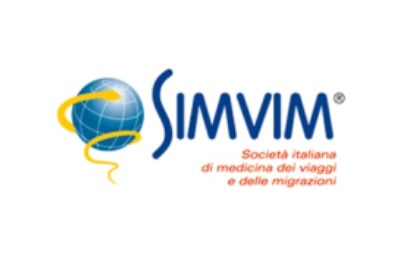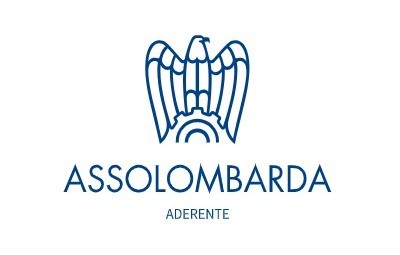Japanese river typhyus
Also called Tsutsugamushi in Japan, scrub typhus, mite typhus or tropical typhus, Japanese river typhus is caused by bacteria considered to belong to the same genre as typhus, but this classification is currently being reformulated.
CAUSES
River typhus is a zoonosis (a disease transmitted from animals to humans) caused by Orientia tsutsugamushi, an aerobic, Gram negative, obligate intracellular bacterium (capable of reproducing only within a host cell), belonging to the family of Rickettsiaceae, of the genus Orientia, although it has been considered part of the genus Rickettsia, to which the typhoid bacterium also belongs, due to the many similarities. With a high rate of variability in membrane proteins, it has many different strains, the main ones being Karp, Gilliam, Kato, Shimokoshi, Kuroki and Kawasaki.
Once in the host, O. tsutsugamushi affects the myelocytes near the inoculation site and subsequently the endothelial cells of the blood vessel. Having come into contact with a target cell, it stimulates the cell's endocytosis mechanism, which incorporates it into a vesicle formed by a fragment of its cell membrane and absorbs it. The bacterium emerges from the vesicle before it is degraded by the lysosomes and moves close to the nucleus, where it begins to reproduce. After reproduction, it leaves the cell forming a second vesicle in the membrane.
TRANSMISSION
The vectors of the disease are the mites of the Trombiculidae family, whose larvae feed on liquefied epithelial tissues mainly of small rodents and more rarely of humans, transmitting the bacterium residing in their salivary glands. The bacterium is also present in the eggs of the mites, through which it infects new generations (transovarian transmission).
GEOGRAPHICAL DISTRIBUTION
The disease is mainly spread in the Asia-Pacific region, between eastern Russia and north of Korea, lower northern Australia and in the western area of Afghanistan, including several western Pacific islands such as Japan, Taiwan, Philippines, Papua New Guinea, Indonesia, Sri Lanka and the Indian subcontinent, although in recent years it has also been identified in Africa, Europe and South America.
In Asia it represents one of the main diseases present in rural regions, with seroprevalence surveys which have found traces of infections in 50% of the population. Over one million cases are estimated in Asia-Pacific each year and over one billion people at risk of infection worldwide. It mainly affects individuals between the ages of 60 and 69, predominantly farmers, although cases are also on the rise in urban contexts.
SYMPTOMS
The incubation period ranges from 6 to 21 days after the mite bite, after which the symptoms appear suddenly. The most common are fever, chills, body aches, headache and swollen lymph nodes, which may be accompanied by cough during the first week and by rashes 5-8 days after the onset of the fever. You may also have mental symptoms ranging from states of confusion to coma. In the most severe cases, organ failure and bleeding develops, which can lead to death. The puncture site may have an eschar, a blackish crust-like region, which can help diagnose the disease.
DIAGNOSIS
In regions where the disease is common, the presence of the eschar may be considered sufficient, but it is not always present and the symptoms are similar to those of many other diseases, so it’s possible to use additional tests to the medical evaluation to confirm the diagnosis.
The most useful tests are immunofluorescence tests performed on a tissue sample taken from the rash, ELISA and DNA analysis by the polymerase chain reaction (PCR) technique. It is also possible to resort to serological tests carried out on blood samples, a cheaper solution which requires two tests separated by a period of 1-3 weeks to check for an increase in the number of antibodies, a sign of an ongoing infection. For this reason they are considered rarely effective in identifying the disease at the onset of symptoms, but can confirm it later.
TREATMENT
The treatment is based on an antibiotic therapy based on doxycycline administered orally, until the absence of fever for 48 hours, with a minimum period of 7 days.
PREVENTION
There are no vaccines available, so it is necessary to rely on careful behavioral prophylaxis to reduce the likelihood of being bitten by mites. In regions at risk it is best to avoid areas where the bush and vegetation are particularly dense, where it is more likely to come across larvae. It is also important to use repellents such as DEET (diethyltoluamide) and to treat clothing and equipment with 0.5% permethrin, carefully following the instructions specified on the products.





